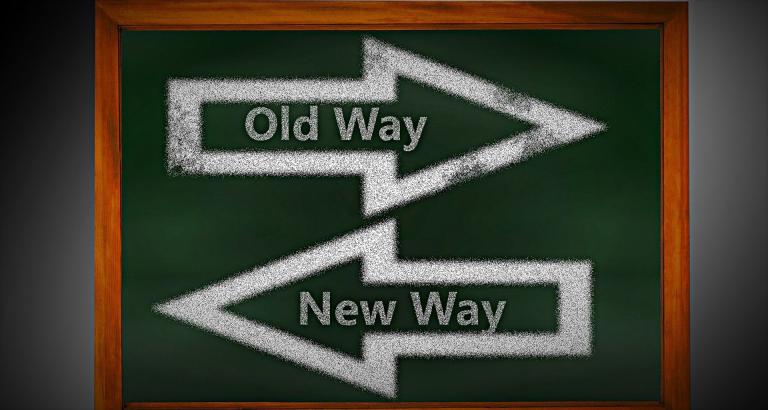An adult with ADHD often goes unrecognized. Jerry is 40-years-old. He has a history of changing jobs often. He is easily bored. Jerry’s wife is frustrated with all the home projects he starts and never finishes because he is easily distracted.
A trip to the doctor landed Jerry a referral to a psychologist for an evaluation. When Jerry was diagnosis with ADHD, it all made sense. As a child, he struggled in school despite being very bright. He lost things, forgot to turn in homework and excelled in subjects that were his passion. Because he wasn’t hyperactive and few people talked about ADHD, Jerry’s struggles were chalked up to a lack of self-control.
Jerry’s diagnosis is not a matter of poor self-discipline, bad parenting or distractibility. He has a heritable condition that affects 4.1 % of adults in any given year (The National Institute of Mental Health). Adults with ADHD typically have it as children. However, many go undiagnosed. Now, celebrities like Justin Timberlake, will.I. am, Adam Levine, and Terry Bradshaw bring awareness to the diagnosis. They are good examples of people who thrive despite the diagnosis.
According to the DSM-5 (the manual of psychiatric diagnoses), a person must have 5 of 9 symptoms of inattention and/or hyperactivity and impulsivity for a minimum of six months. And symptoms usually interfere with social, academic or work activities.
Check the lists below to see if you or someone you know might need an evaluation.
Inattention Symptoms Checklist
__ Fail to pay close attention to details or make careless mistakes.
__ Trouble remaining focused during lectures, conversations, or while reading.
__When spoken to directly, your mind seems elsewhere even in the absence of any apparent distraction.
__ Difficulty with follow through on instructions and fails to finish work or chores.
__Often has difficulty organizing tasks and activities, so you fail to meet deadlines.
__May avoid, dislike, or is reluctant to undertake tasks that require sustained mental effort, such as preparing reports or completing forms.
__Can lose things you need for tasks, such as books, wallet, paperwork, or cell phone.
__Easily distracted by extraneous stimuli.
__Forgetful in daily activities such as running errands, returning calls, paying bills, and keeping appointments.
Hyperactivity-Impulsivity Symptoms Checklist
__ Fidget with or tap your hands or feet, or squirm while seated.
__Restless in seat, such as at work.
__Runs around where it is inappropriate.
__Unable to quietly engage in leisure activities, such as reading or gardening.
__ Unable or uncomfortable sitting still for an extended time, as in restaurants or meetings.
__Often talk excessively.
__ Answer before a question is completed, finish other people’s sentences, or cannot wait turn in conversation.
__ Have trouble waiting your turn, such as in line at a bank or store.
__Interrupt others by butting into conversations or activities.
Treatment and help: Treatment makes life much easier. It can improve self-esteem, interpersonal and professional relationships. Medications approved for ADHD are stimulants, such as amphetamines (amphetamine, dextroamphetamine, and lisdexamfetamine) and methylphenidate (methylphenidate and dexmethylphenidate); and non-stimulants (atomoxetine). Check with your physician to see if one might be appropriate.
In terms of therapy, cognitive-behavior therapy (CBT) is the most effective psychological treatment. Find a therapist and learn how to be one of the people who thrives with ADHD.


